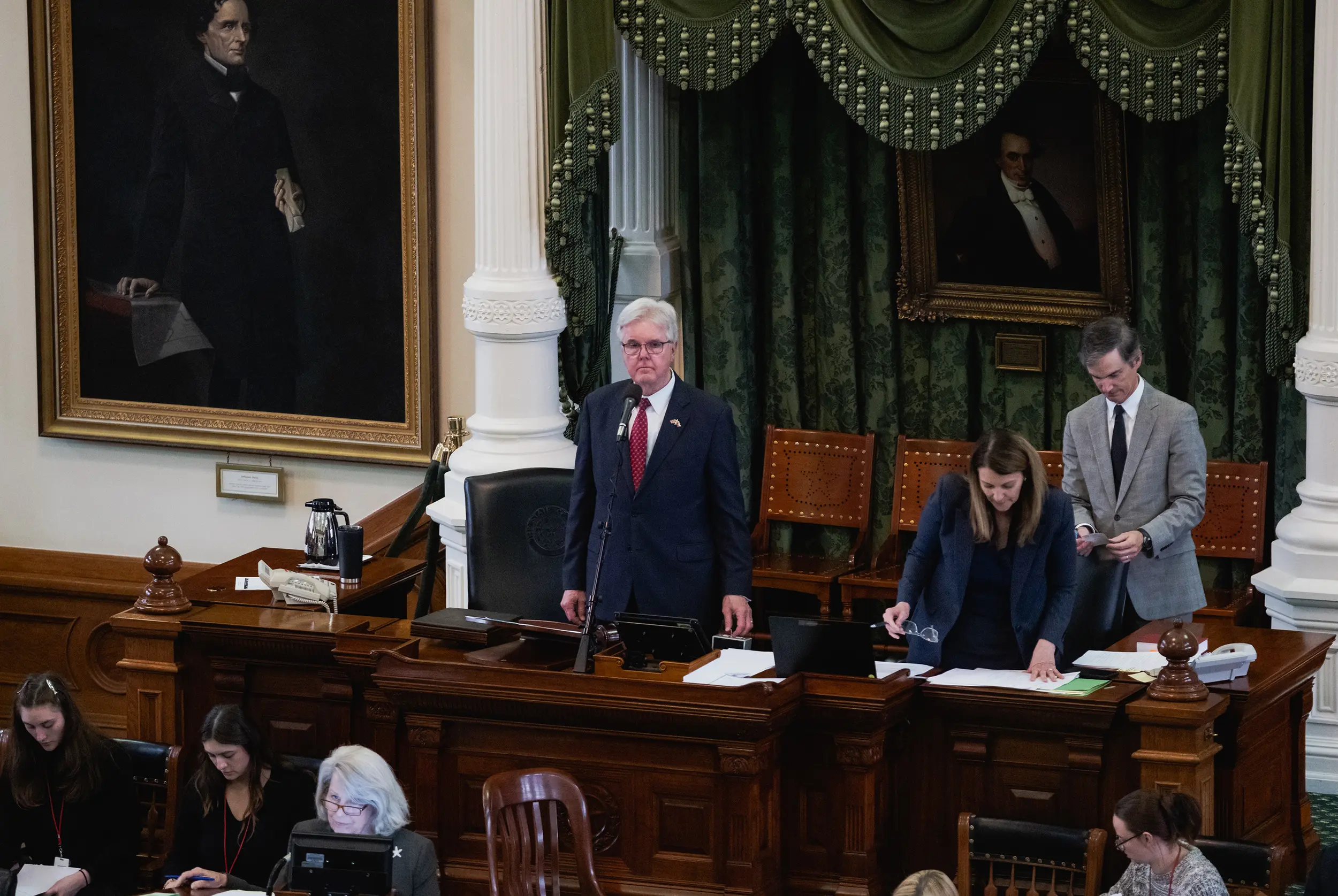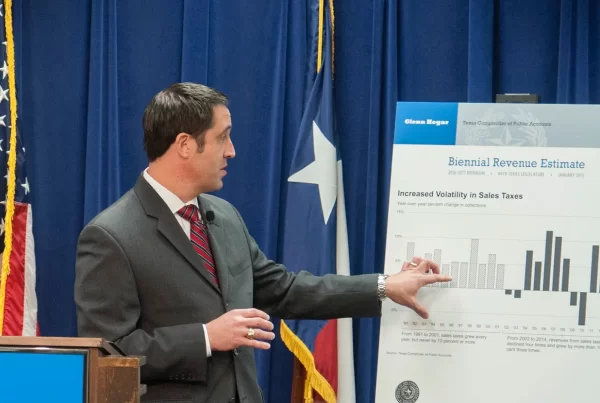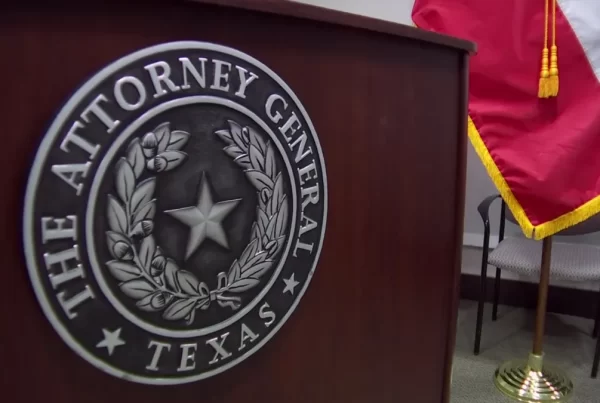The Lieutenant Governor of Texas is an elected official fulfilling a hybrid role in both the legislative and executive branches of Texas state government. According to the Texas Constitution, the lieutenant governor is a member of the Executive Department (executive branch) of the state. But the constitution also gives him wide-ranging legislative powers as the presiding officer of the Texas Senate.
The longest-serving lieutenant governor in Texas history, Bill Hobby, characterized the office as principally a legislative one. He once said,
“The [title] ‘lieutenant governor’ is somewhat of a misnomer, in that it implies that the person who holds that office is sort of a deputy governor or assistant governor, which is not the case at all. ‘President of the Senate’ is a more descriptive title—and the president of the senate makes committee appointments, refers bills, sets the calendar, and really has nothing to do with the governor’s office at all.”
The current lieutenant governor of Texas is Dan Patrick, who was first elected in 2014.
Advertisement
Powers and Responsibilities
Unlike lieutenant governors in many other states or the vice president of the United States, the Texas lieutenant governor has powers beyond casting a tie-breaking vote or serving in a ceremonial role. He plays a regular and active role in lawmaking. The Texas lieutenant governor establishes all special and standing committees of the senate, appoints committee chairpersons, recognizes members during debate, and assigns legislation to the committees of his choice.
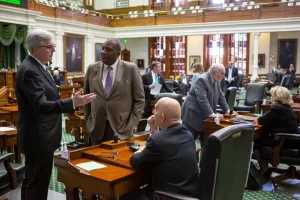
Other duties and powers of the lieutenant governor include:
- Casting the tie-breaking vote when the senate is evenly divided;1
- Co-chairing the Legislative Budget Board;2
- Assuming the powers of the governor when the governor is unable to discharge the office.3
By virtue of his position as co-chair of the seven-member Legislative Budget Board, the lieutenant governor can influence budget decisions during the 1.5-year interim between legislative sessions.
The lieutenant governor becomes the governor if the governor resigns, dies, or is removed from office via impeachment.4
Elections and Term of Office
The lieutenant governor of Texas is elected separately from the governor, rather than on the same ticket, and serves a four-year term.
Elections for lieutenant governor are held in midterm election years, that is, in years that are not presidential elections (e.g., 2018, 2022, 2026, 2030).
| Candidate | Party | Votes | % |
|---|---|---|---|
| Dan Patrick | Republican | 4,317,692 | 53.8 |
| Mike Collier | Democrat | 3,492,544 | 43.5 |
| Shanna Steele | Libertarian | 222,208 | 2.8 |
Qualifications for Office
The qualifications for the office of lieutenant governor are the same as those of the governor:
- at least 30 years old;
- a resident of Texas for at least five years;
- a United States citizen.
Compensation
The lieutenant governor is paid a fixed annual salary and per diem set by the Texas Ethics Commission. As of 2021, the lieutenant governor received an annual salary of $7,200 and a per diem of $221 for each day that the legislature was in session. Those amounts are the same compensation as legislators.
Historically, the lieutenant governor was also provided an apartment in the Capitol in the area behind the senate chamber. But a fire in 1983 damaged the space and prompted the Senate to eliminate the living quarters and transform the area into a reception room.
Ex Officio Positions
By virtue of his office, the lieutenant governor serves as an ex officio board member on a variety of state boards and commissions, including:
- Bond Review Board
- Legislative Audit Committee (Joint Chair)
- Legislative Budget Board (Joint Chair)
- Legislative Council (Joint Chair)
- Legislative Library Board
- Preservation Board.
Vacancies
In case a vacancy arises in the office of the lieutenant governor of Texas, the senate must convene within 30 days to elect one of its members to perform the duties of lieutenant governor until the next statewide election, in addition to the member’s duties as senator.
Historical Cases of Influential Lieutenant Governors
In Texas, the Lieutenant Governor is one of the most powerful figures in state politics. A key example of this power was seen during the tenure of Lieutenant Governor Bill Ratliff (1999–2003). Ratliff, a moderate Republican, played a crucial role in passing significant education reforms, including increased funding for public schools. His influence in shaping the Senate’s legislative agenda allowed him to push forward key bills, despite a divided legislature.
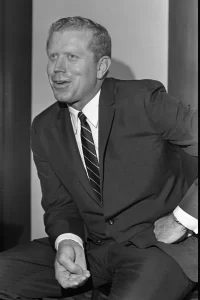
In the 1970s, Ben Barnes (1969–1973) served as lieutenant governor and was one of the most powerful politicians of his era. Barnes was known for his ability to work with both Democrats and Republicans, shaping crucial policies on education and infrastructure. He helped steer Texas through a period of rapid population growth and economic change. His influence in the Senate was so strong that he became a prominent figure in the national political scene, even attempting to run for governor in 1972 before a scandal forced him to step back from politics. His tenure remains a defining moment in Texas’s political history, showcasing the broad scope of power held by the lieutenant governor.
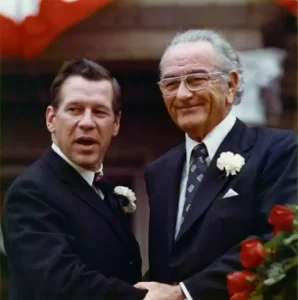
The longest-serving lieutenant governor was Bill Hobby, who held the office for 18 years from 1973 to 1991. A member of the Democratic Party, Hobby oversaw major legislation affecting education, healthcare, and infrastructure. He was instrumental in securing more funding for public education, including the expansion of the state’s community college system and the creation of a grant program aimed at increasing access to higher education for low-income students. He was also a key figure in the passage of the landmark 1985 tax reform package that aimed to modernize the state’s tax system and reduce reliance on property taxes.
David Dewhurst (2003–2015) is another example of an influential lieutenant governor, who used the office to push a more conservative agenda. Dewhurst helped guide conservative policies through the Senate, particularly on issues like immigration and taxes. One of his most notable achievements was his role in passing the voter ID law in 2011, requiring photo identification to vote, which became a major point of contention in Texas politics.
